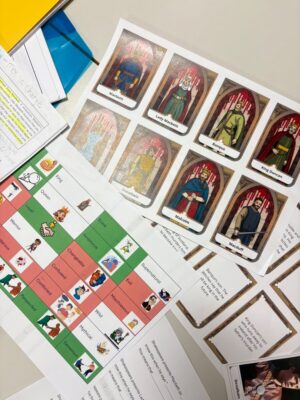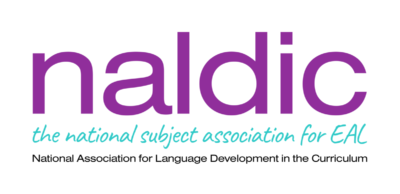 Empowering Multilingual Learners: How Twinkl EAL Supports Effective Practice Across Schools
Empowering Multilingual Learners: How Twinkl EAL Supports Effective Practice Across Schools
In classrooms across the UK, the number of pupils learning English as an Additional Language continues to grow, enriching school communities while presenting new challenges for educators. More than 1.6 million pupils in England are now identified as EAL learners. These pupils bring diverse linguistic repertoires, educational backgrounds and cultural experiences. For teachers, EAL coordinators and leaders, the goal is not only to teach English but to ensure equitable access to the curriculum. Twinkl’s EAL resources are designed with this purpose in mind, offering a research-informed, classroom-ready framework that supports best practice in multilingual education.
Supporting Inclusive Practice for Multilingual Learners
At the heart of Twinkl EAL is a commitment to inclusion and accessibility. The resource collection provides a wide range of materials addressing the full spectrum of EAL needs. From induction resources and survival vocabulary packs to dual-language resources and scaffolded curriculum materials, every resource meets learners where they are.
Visual word mats and bilingual vocabulary sets allow new arrivals to communicate essential needs and begin developing early English vocabulary. As pupils progress, differentiated reading tasks and subject-specific word banks help them access key concepts in science, mathematics and the humanities. These materials reflect quality first teaching principles by embedding language development within curriculum content rather than treating it as a separate strand.
Building Whole-School Capacity
Effective EAL provision depends on collaboration and a consistent understanding across the whole school. To support this, Twinkl offers professional development materials and leadership toolkits aimed at teachers, support staff and EAL leads.
Resources such as the EAL Lead Action Plan Template, Staff EAL Audit and Quality First Teaching to Support EAL Learners Checklist help schools evaluate their practice and plan for improvement. CPD packs explore essential themes including induction for new arrivals, scaffolding academic language and partnership with families. These resources empower schools to embed coherent, sustainable approaches where EAL provision is a shared responsibility. We also host free monthly CPD sessions and Professional Development courses.

Scaffolding Language and Learning
Our materials match research in second language acquisition, which highlights the importance of pre-teaching vocabulary while providing visual and linguistic scaffolds that create meaningful opportunities for talk. Pre-teaching packs introduce key subject vocabulary in accessible formats, helping learners engage confidently with new content. Visual supports such as illustrated glossaries, bilingual displays and sentence stems promote comprehension and independence.
Assessment and progress-tracking resources enable teachers to monitor development and plan responsively. This structured approach encourages schools to value multilingualism as an asset while promoting both language acquisition and academic achievement.
Towards a Whole School Ethos of Multilingualism
For members of NALDIC and educators committed to advancing EAL practice, Twinkl’s resources offer a practical, research-informed solution. They allow schools to move beyond isolated interventions and towards a coherent model of provision grounded in expertise and inclusion.
Twinkl’s vision is that every multilingual learner feels confident, valued and equipped to succeed across the curriculum. By providing expert-informed, flexible resources and robust CPD materials, Twinkl EAL contributes to the development of linguistically rich classrooms where every learner can thrive. For more information and access to the full range of EAL resources, visit Twinkl EAL
 Find out more about multilingualism
Find out more about multilingualism
- Join one of our Regional or Special Interest Groups
- Attend the next NALDIC annual conference in November
- Do you have a story to share? Write a post for the NALDIC blog


